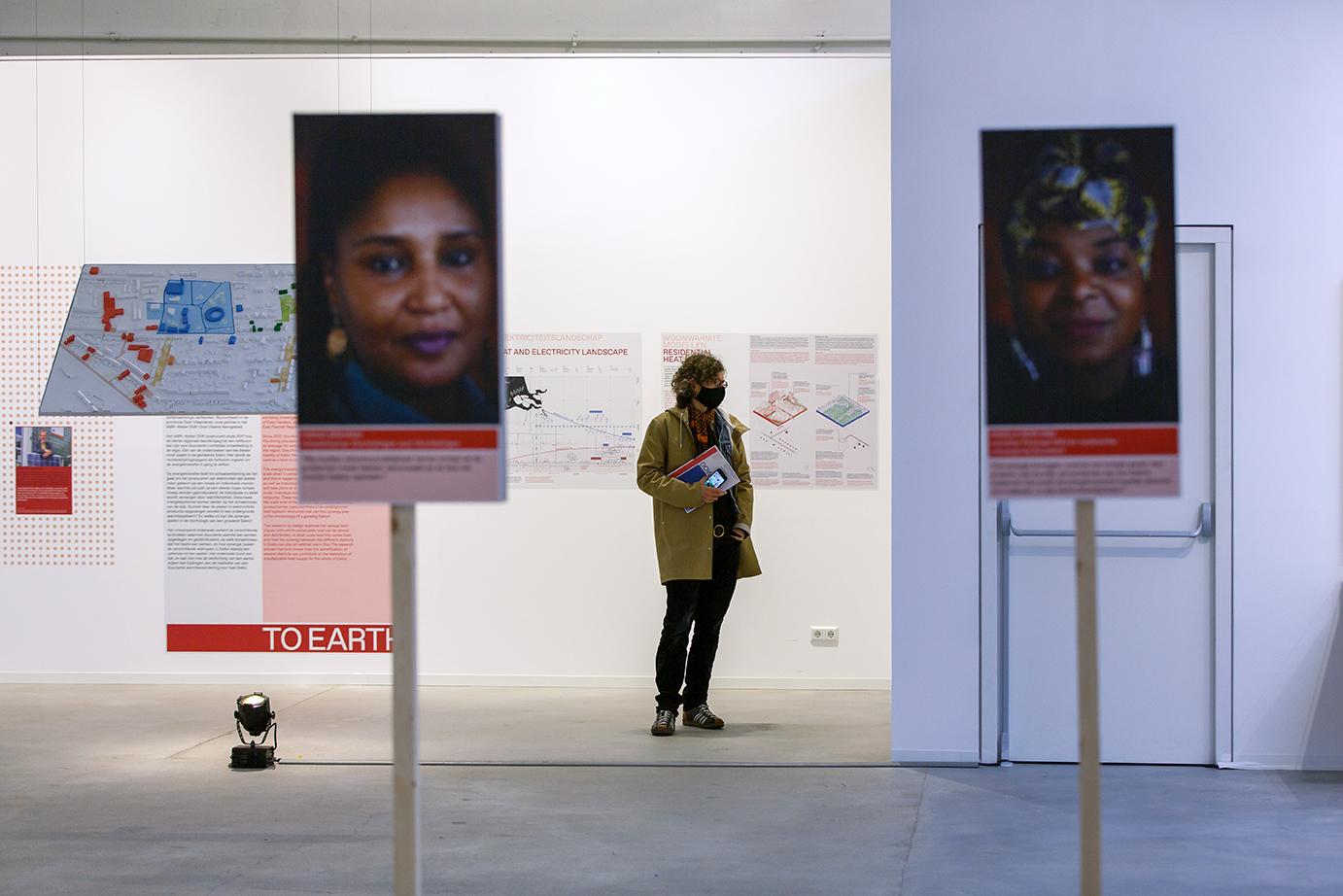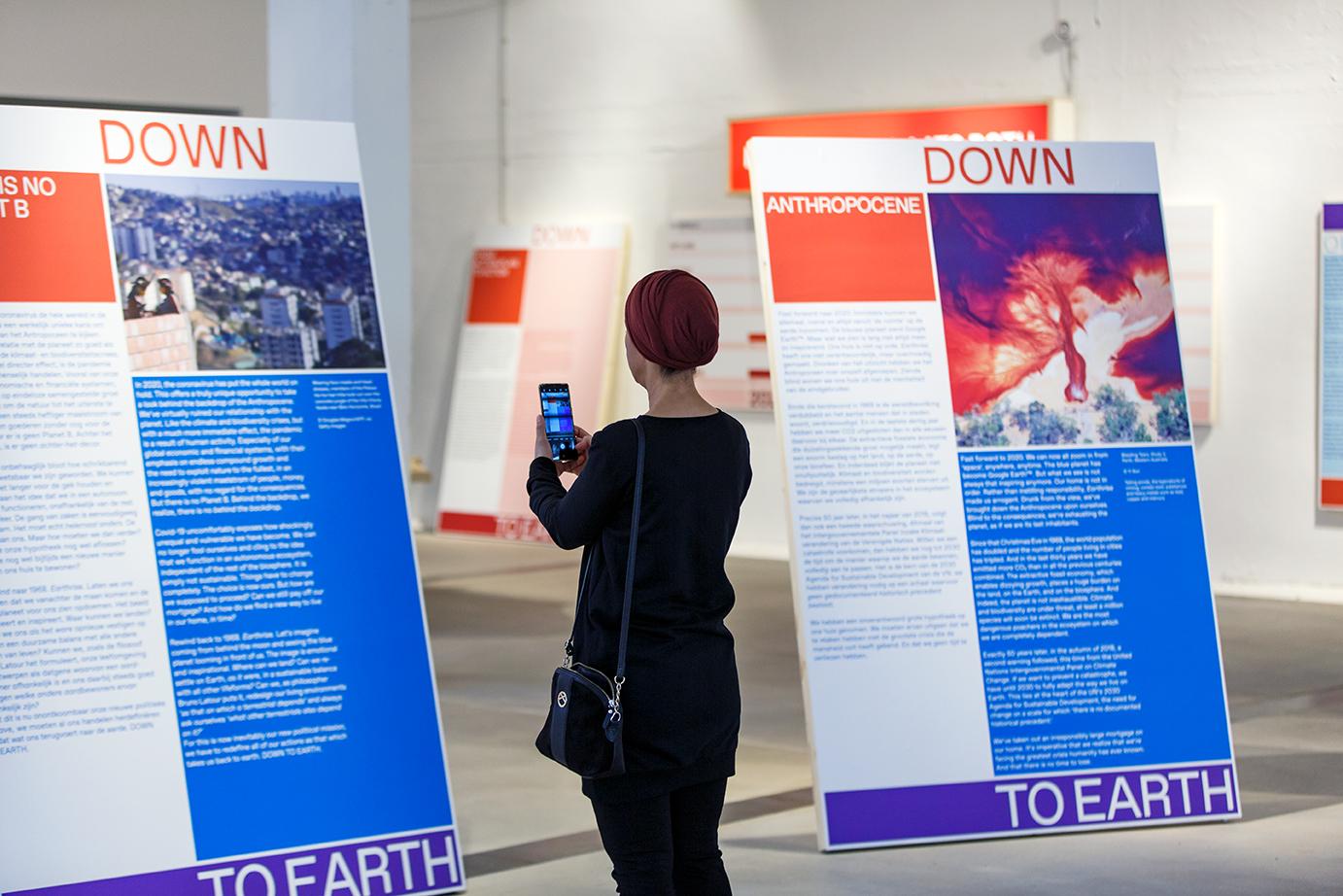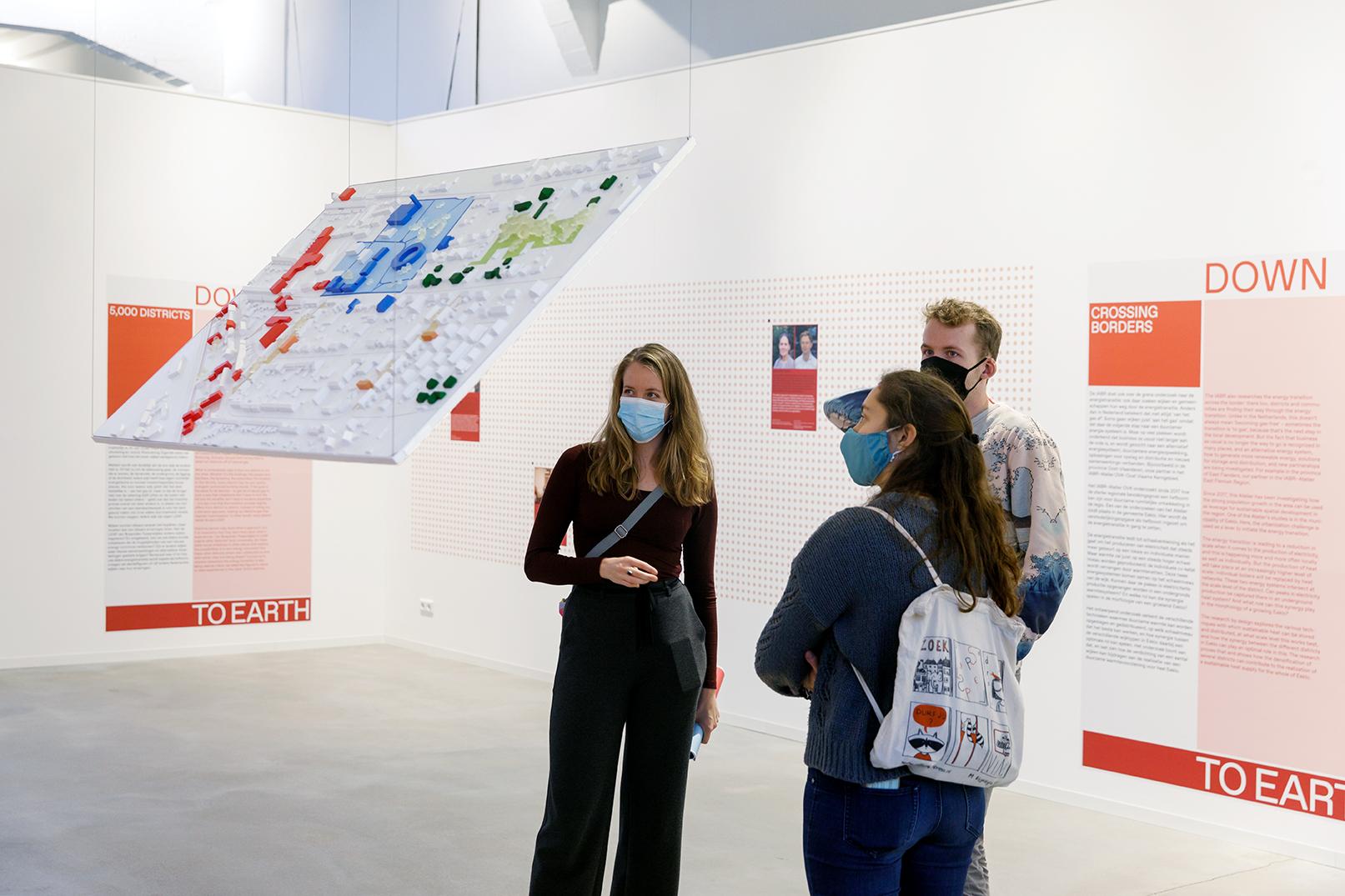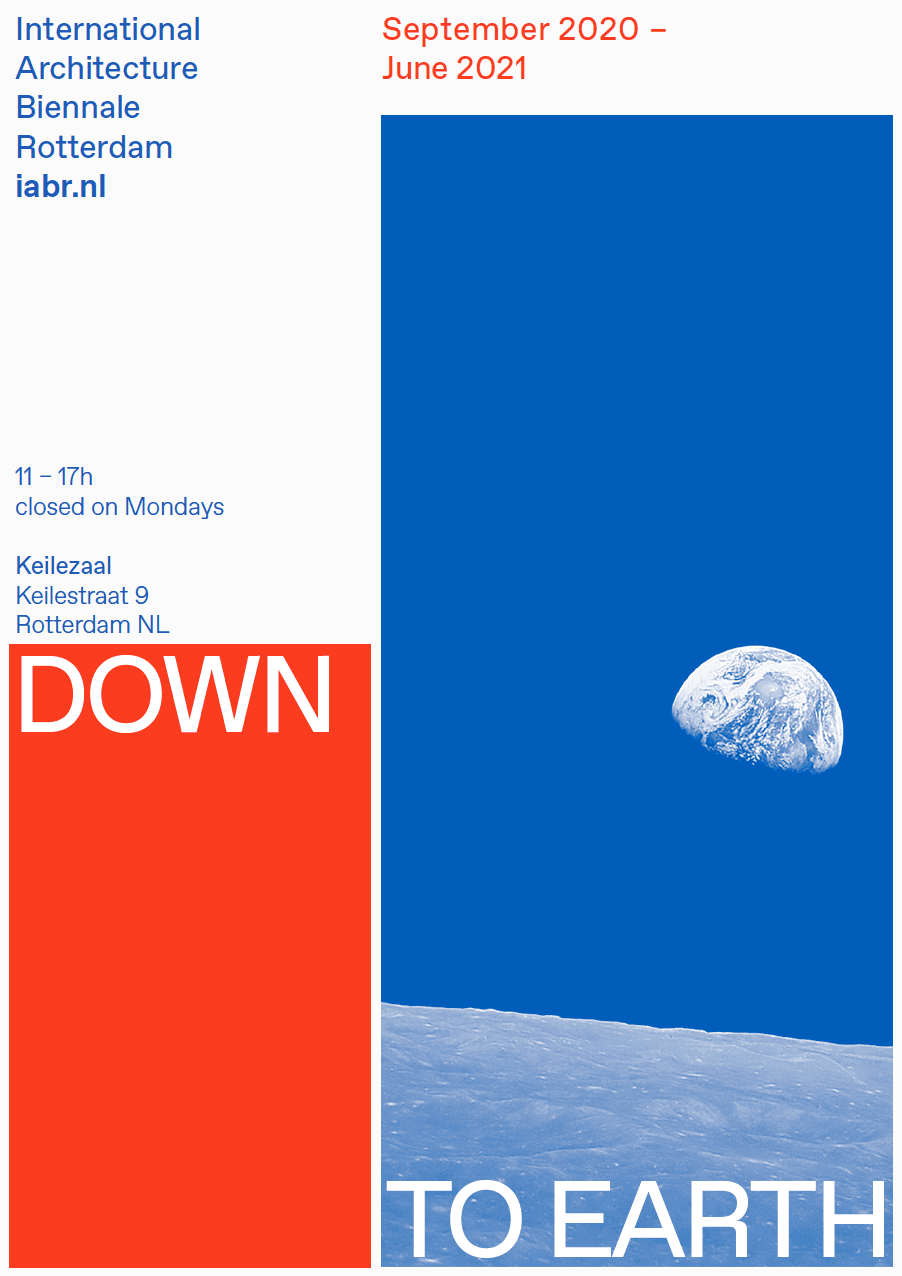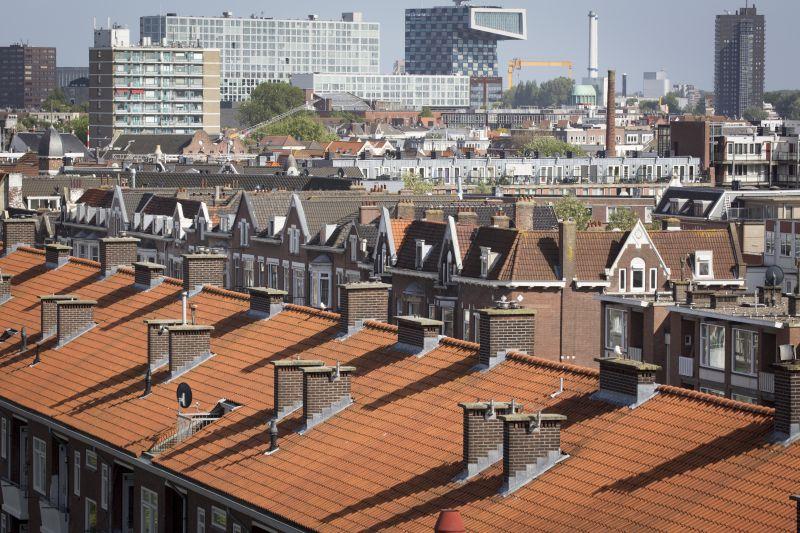The exhibition ‘Whose Energy Is It, Anyway?’ focuses on the energy transition at the district level. It is at this level that pressing issues converge and the interests of large and small players – governments, companies, sociocivic initiatives, housing associations, owners’ associations, and residents – meet. In the Netherlands, about 5,000 districts have to stop using natural gas. Bospolder-Tussendijken is one of the five Rotterdam districts that will be the first to make this radical transition. As one of the poorest districts in the Netherlands, it is not only vulnerable but also resilient: culturally diverse, articulate, and confident. Bospolder-Tussendijken is an interesting testing ground for finding out how the energy transition can bring about a widespread, sustainable change.
The exhibition ‘Whose Energy Is It, Anyway?’ was part of IABR 2020: Down to Earth. The exhibition presented the Local Energy Action Plan for the Bospolder-Tussendijken district. Also on display was an exploration for the energy transition in the East Flanders municipality of Eeklo, a project of the IABR–Atelier East Flanders Core Region.
